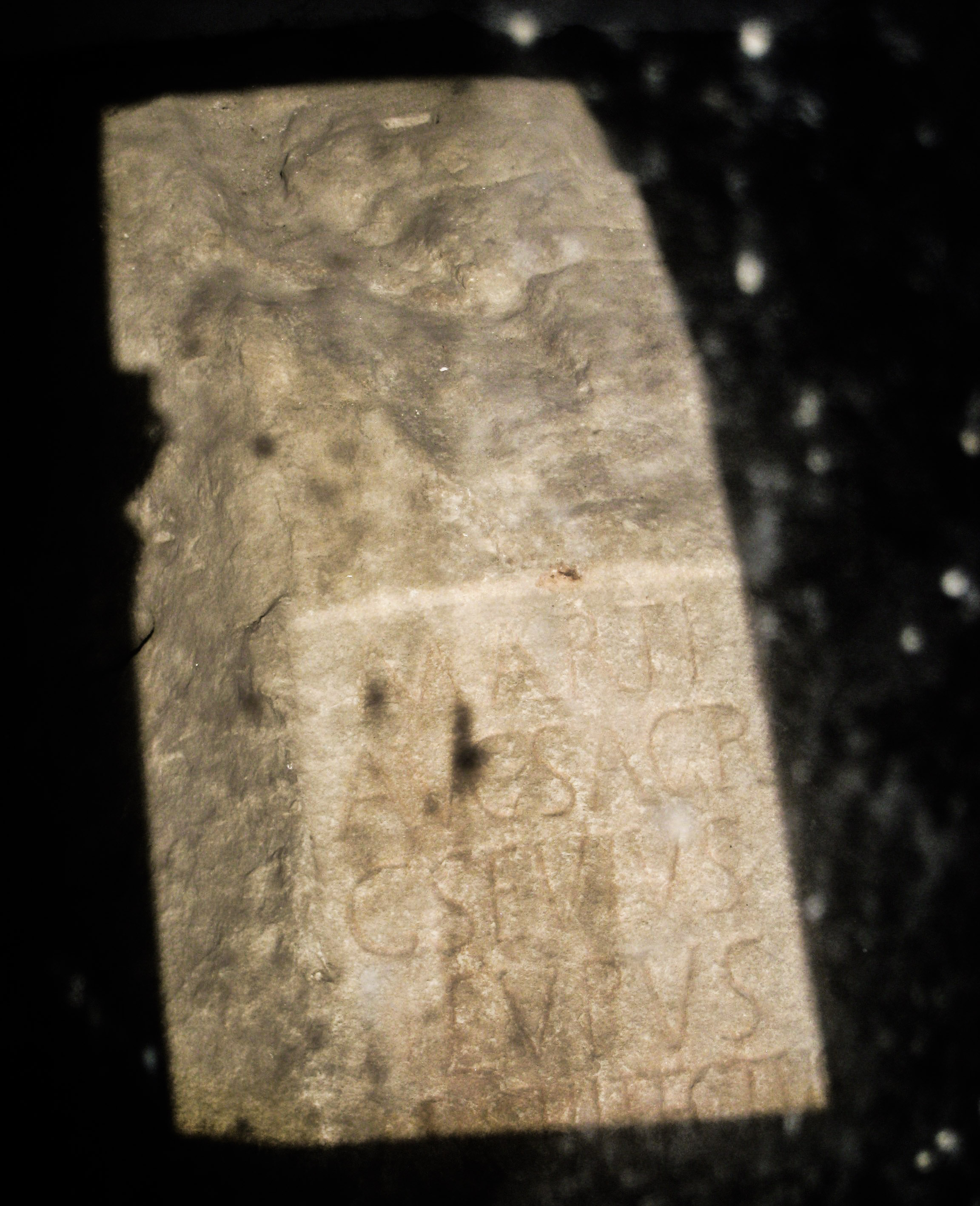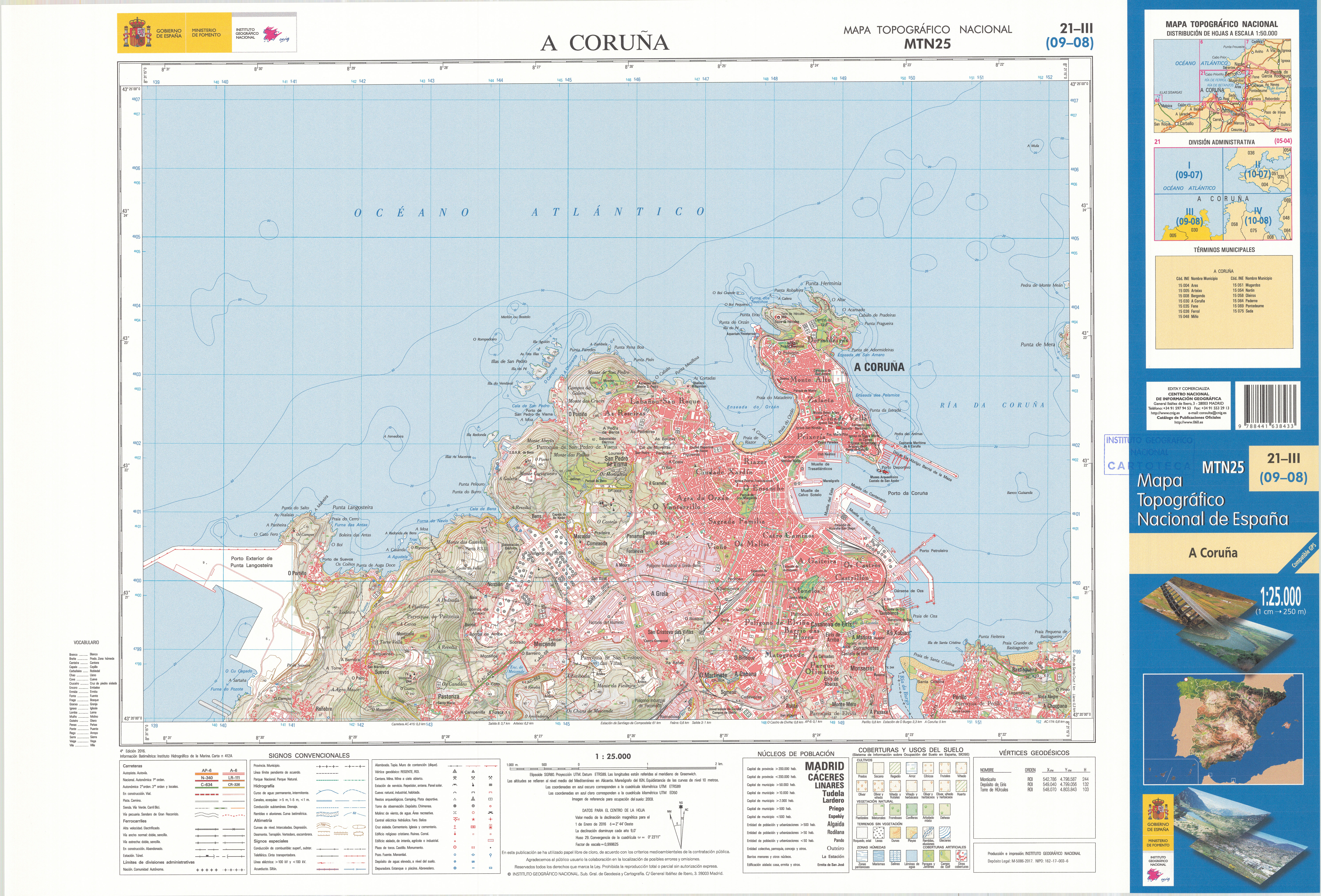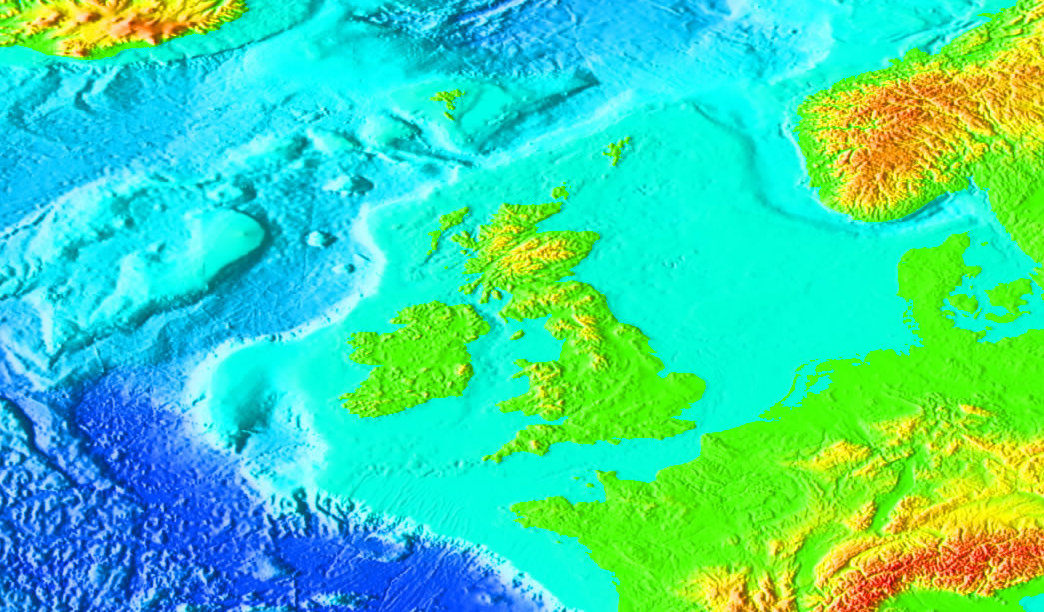|
Breogán
Breogán (also spelt Breoghan, Bregon or Breachdan) is a character in the ''Lebor Gabála Érenn'', a medieval Christian history of Ireland and the Irish (or Gaels). He is supposedly the son of Brath, and is described as an ancestor of the Gaels. The ''Lebor Gabála'' purports to be an account of how the Gaels descend from Adam through the sons of Noah and how they came to Ireland. It tells us that they spent 440 years wandering the Earth and underwent a series of trials and tribulations. Eventually, they sail to Iberia and conquer it. There, one of their leaders, Breogán, founds a city called Brigantia and builds a great tower. From the top of the tower, his son Íth glimpses Ireland. The Gaels, including some of Breogán's sons, sail to Ireland from Brigantia and agree to divide it between them and the Tuatha Dé Danann, the Irish pagan gods, who take the Otherworld. Brigantia probably refers to A Coruña in present-day Galicia and Breogán's tower is probably based on the ... [...More Info...] [...Related Items...] OR: [Wikipedia] [Google] [Baidu] |
CB Breogán
Club Baloncesto Breogán, S.A.D., also known as Río Breogán for sponsorship reasons, is a professional basketball club based in Lugo, Spain. The team plays in the Liga ACB. The club was founded in 1966 by the Varela-Portas brothers. The team played for the first time in the Spanish top league in 1970. The name of the club is a reference to legendary Galician King Breogán. It is the most popular basketball club in Galicia, and it is also the Galician club with the most seasons and games in the top tier of Spanish basketball - Liga ACB - and European and Copa del Rey appearances in addition to that. Because of that, Breogán fans proudly nickname their team as "O equipo de Galicia" (in English: Galicia's team). Breogán jerseys have always been sky blue with details in details in white or dark blue. The shorts have been also traditionally sky blue, with the exception of some years that have been white too. Their home arena is the Pazo dos Deportes, an arena with a seating cap ... [...More Info...] [...Related Items...] OR: [Wikipedia] [Google] [Baidu] |
Os Pinos
"" (; ) is the official anthem of Galicia, in Spain. The lyrics were written by Eduardo Pondal (the two first parts of his poem ''Queixumes dos pinos'', "Lamentations of the Pines") and the music by Pascual Veiga. It was composed in Havana, Cuba Cuba, officially the Republic of Cuba, is an island country, comprising the island of Cuba (largest island), Isla de la Juventud, and List of islands of Cuba, 4,195 islands, islets and cays surrounding the main island. It is located where the ..., where it was performed for the first time in 1907. It was officially adopted by the Galician authorities in 1977. Lyrics In popular culture During the 1982 FIFA World Cup group stage match between Poland and Italy in Vigo, "" was played mistakenly instead of ''Mazurek Dąbrowskiego''; however, ''Mazurek Dąbrowskiego'' was played after the Italian anthem beside the Spanish one. See also * Anthems of the autonomous communities of Spain References External links Another translatio ... [...More Info...] [...Related Items...] OR: [Wikipedia] [Google] [Baidu] |
Tower Of Hercules
The Tower of Hercules (, ) is the oldest known extant Roman lighthouse. Built in the 1st century, the tower is located on a peninsula about from the center of A Coruña, Galicia, in northwestern Spain. Until the 20th century, it was known as the Farum Brigantium. The :wiktionary:pharus#Latin, Latin word ''farum'' is derived from the Greek :wiktionary:Φάρος, Φάρος, ''Pharos'', for the Lighthouse of Alexandria. The structure stands tall and overlooks the North Atlantic coast of Spain. The tower was renovated in 1791. There is a sculpture garden on the grounds of the lighthouse featuring works by Pablo Serrano and . The Tower of Hercules is a National Monument (Spain), National Monument of Spain and has been a UNESCO World Heritage Sites in Spain, UNESCO World Heritage Site since 27 June 2009.UNESCO websiteof Hercules/ref> It is the second-tallest lighthouse in Spain, after the Chipiona Light, Faro de Chipiona. Construction and history The tower is known to have existed ... [...More Info...] [...Related Items...] OR: [Wikipedia] [Google] [Baidu] |
Lebor Gabála Érenn
''Lebor Gabála Érenn'' (literally "The Book of Ireland's Taking"; Modern Irish spelling: ''Leabhar Gabhála Éireann'', known in English as ''The Book of Invasions'') is a collection of poems and prose narratives in the Irish language intended to be a history of Ireland and the Irish from the creation of the world to the Middle Ages. There are a number of versions, the earliest of which was compiled by an anonymous writer in the 11th century. It synthesised narratives that had been developing over the foregoing centuries. The ''Lebor Gabála'' tells of Ireland being "taken" (settled) by six groups of people: the people of Cessair, the people of Partholón, the people of Nemed, the Fir Bolg, the Tuatha Dé Danann, and the Milesians. The first four groups are wiped out or forced to abandon the island; the fifth group represents Ireland's pagan gods, while the final group represents the Irish people (the Gaels). The ''Lebor Gabála'' was highly influential and was largely ... [...More Info...] [...Related Items...] OR: [Wikipedia] [Google] [Baidu] |
Bile (Irish Legend)
Bilé is a character in the ''Lebor Gabála Érenn'', a medieval Christian history of Ireland and the Irish (or Gaels), and in the genealogies of John O'Hart that are based on this tradition. He is described as a king of Galicia, an ancestor of the Gaels, the son of Breogan, and the father of Milesius. The ''Lebor Gabála'' purports to be an account of the Gaels' descent from Adam through the sons of Noah and how they came to Ireland. The tale relates that the Gaels spent 440 years wandering the Earth and underwent a series of tribulations. Eventually, the Gaels sailed to Iberia and conquered it. There, one of their leaders, Breogán, founded a city called Brigantia and built a great tower. From the top of the tower, his son Íth glimpses Ireland. The Gaels—including some of Breogán's sons—sailed to Ireland from Brigantia and took it from the Tuatha Dé Danann, the Irish pagan gods. Brigantia likely refers to A Coruña in Galicia (which was then known as Brigantium)''Enc ... [...More Info...] [...Related Items...] OR: [Wikipedia] [Google] [Baidu] |
Gaels
The Gaels ( ; ; ; ) are an Insular Celts, Insular Celtic ethnolinguistic group native to Ireland, Scotland, and the Isle of Man. They are associated with the Goidelic languages, Gaelic languages: a branch of the Celtic languages comprising Irish language, Irish, Manx language, Manx, and Scottish Gaelic. Gaelic language and culture originated in Gaelic Ireland, Ireland, extending to Dál Riata in western Scotland in the Middle Ages, Scotland. In antiquity, the Gaels Hiberno-Roman relations, traded with the Roman Empire and also End of Roman rule in Britain, raided Roman Britain. In the Middle Ages, Gaelic culture became dominant throughout the rest of Scotland and the Isle of Man. There was also some Gaelic settlement Wales in the Roman era#Irish settlement, in Wales, as well as cultural influence through Celtic Christianity. In the Viking Age, small numbers of Early Scandinavian Dublin, Vikings raided and settled in Gaelic lands, becoming the Norse-Gaels. In the 9th century ... [...More Info...] [...Related Items...] OR: [Wikipedia] [Google] [Baidu] |
King Brath
Brath was a mythical character from the Lebor Gabála Érenn and is the son of Deag. He also is thought to be the father of Breogán Mary Jones' Celtic Encyclopedia and an ancestor of the people of . He is also thought to have died in conquest of . Beyond being an important character in Irish genealogy
Genealogy () is the study of families, family history, and the tracing of their lineages. Genealogists use oral interviews, historical records, genetic ...
[...More Info...] [...Related Items...] OR: [Wikipedia] [Google] [Baidu] |
Lugo
Lugo (, ) is a city in northwestern Spain in the autonomous communities of Spain, autonomous community of Galicia (Spain), Galicia. It is the capital of the Lugo (province), province of Lugo. The municipality had a population of 100,060 in 2024, making it the fourth most populous city in Galicia. Lugo is the only city in the world to be surrounded by completely intact Roman walls of Lugo, Roman walls, which reach a height of along a circuit ringed with 71 towers. The walk along the top is continuous around the circuit and features ten gates. The 3rd century Roman walls, the only one of its kind in the world, are protected by UNESCO as a World Heritage Site. The Roman bridge of Lugo, city's historic bridge over the Minho (river), Miño is also essentially of Roman date. The city of Lugo is along the Camino Primitivo path of the Camino de Santiago. Population The population of the city in 2018 was 98,026 inhabitants, which has been growing constantly since the first census in 184 ... [...More Info...] [...Related Items...] OR: [Wikipedia] [Google] [Baidu] |
A Coruña
A Coruña (; ; also informally called just Coruña; historical English: Corunna or The Groyne) is a city and municipality in Galicia, Spain. It is Galicia's second largest city, behind Vigo. The city is the provincial capital of the province of A Coruña, having also served as political capital of the Kingdom of Galicia from the 16th to the 19th centuries, and as a regional administrative centre between 1833 and 1982. A Coruña is located on a promontory in the Golfo Ártabro, a large gulf on the Atlantic Ocean. It is the main industrial and financial centre of northern Galicia, and holds the headquarters of the Universidade da Coruña. A Coruña is the Spanish city featuring the tallest mean-height of buildings, also featuring a population density of of built land area. Name Origin There is no clear evidence as to what the name derives from. It seems to be from ''Crunia'', of unknown origin and meaning, documented for the first time at the time of Ferdinand II of Leó ... [...More Info...] [...Related Items...] OR: [Wikipedia] [Google] [Baidu] |
Adam And Eve
Adam and Eve, according to the creation myth of the Abrahamic religions, were the first man and woman. They are central to the belief that humanity is in essence a single family, with everyone descended from a single pair of original ancestors. They also provide the basis for the doctrines of the fall of man and original sin, which are important beliefs in Christianity, although not held in Judaism or Islam. In the Book of Genesis of the Hebrew Bible, chapters one through five, there are two Genesis creation narrative, creation narratives with two distinct perspectives. In the first, Adam and Eve are not named. Instead, God in Christianity, God created humankind in image of God, God's image and instructed them to multiply and to be Stewardship (theology), stewards over everything else that God had made. In the second narrative, God fashions Adam from dust and places him in the Garden of Eden. Adam is told that he can eat freely of all the trees in the garden, Taboo#In religion a ... [...More Info...] [...Related Items...] OR: [Wikipedia] [Google] [Baidu] |
British Isles
The British Isles are an archipelago in the Atlantic Ocean, North Atlantic Ocean off the north-western coast of continental Europe, consisting of the islands of Great Britain, Ireland, the Isle of Man, the Inner Hebrides, Inner and Outer Hebrides, Outer Hebrides, the Northern Isles (Orkney and Shetland), and over six thousand smaller islands. They have a total area of and a combined population of almost 72 million, and include two sovereign states, the Republic of Ireland (which covers roughly five-sixths of Ireland), and the United Kingdom, United Kingdom of Great Britain and Northern Ireland. The Channel Islands, off the north coast of France, are normally taken to be part of the British Isles, even though geographically they do not form part of the archipelago. Under the UK Interpretation Act 1978, the Channel Islands are clarified as forming part of the British Islands, not to be confused with the British Isles. The oldest rocks are 2.7 billion years old and are ... [...More Info...] [...Related Items...] OR: [Wikipedia] [Google] [Baidu] |
Galician Language
Galician ( , ), also known as Galego (), is a Iberian Romance languages, Western Ibero-Romance language. Around 2.4 million people have at least some degree of competence in the language, mainly in Galicia (Spain), Galicia, an Autonomous communities of Spain, autonomous community located in northwestern Spain, where it has official status along with Spanish language, Spanish. The language is also spoken in some border zones of the neighbouring Spanish regions of Asturias and Castile and León, as well as by Galician migrant communities in the rest of Spain; in Latin America, including Argentina and Uruguay; and in Puerto Rico, the United States, Switzerland and elsewhere in Europe. Modern Galician is classified as part of the West Iberian languages, West Iberian language group, a family of Romance languages. Galician evolved locally from Vulgar Latin and developed from what modern scholars have called Galician-Portuguese. The earliest document written integrally in the ... [...More Info...] [...Related Items...] OR: [Wikipedia] [Google] [Baidu] |






